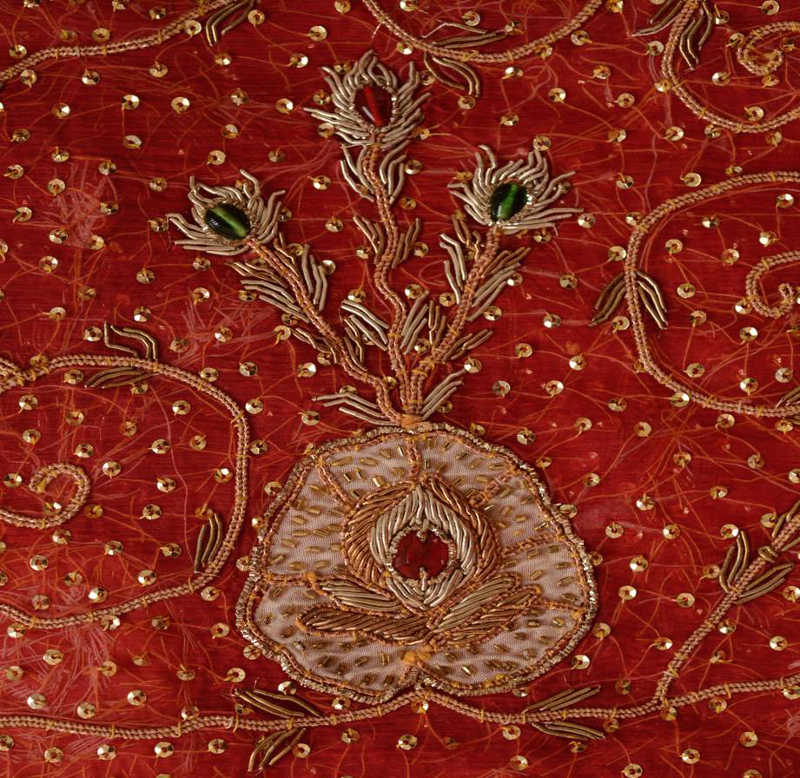===
0729,
4
===

=== |
 |
afsurdah : 'Frozen, frigid, benumbed; withered, faded; dispirited, dejected, low-spirited, melancholy'. (Platts p.62)
ghar-baar : 'House and home; a house and premises; dwelling-place; —family; household; —household goods'. (Platts p.931)
FWP:
SETS
MOTIFS == HOME
NAMES
TERMS == METERNote for meter fans: This is the kind of meter that has a 'quasi-caesura' in the middle, because it has the metrical structure 'foot A / foot B / foot A / foot B'. In such meters each half of the line can almost feel like an independent line in a short meter. so it's not surprising that it may optionally have an extra word-final short syllable at the halfway point, since this is what a line may normally have at its end. Most of the time the classical ghazal poets have made use of this 'quasi-caesura' by treating it as a breaking point in the semantic context. Thus they have often found it convenient for special effects, such as internal rhyming syllables. The poet can also use its presence to provide valuable grammatical clues, to help the reader know where phrases begin and end in the totally unpunctuated world of the verse line. (Remember, any punctuation you ever see in a classical ghazal divan has been imposed by naively 'helpful' modern editors.)
Hasrat Mohani's objection is that in the first line the poet has ignored the quasi-caesura: the semantic break comes well before it, and then the grammar runs right over it without stopping. SRF makes two main points in reply: theoretically speaking, no quasi-caesura is known to the tradition before Hasrat Mohani; and practically speaking, the classical ghazal poets have felt quite free to ignore this alleged quasi-caesura at their pleasure, often much more flagrantly than Mir has done in the first line.
Hasrat Mohani's critique comes in a work called 'The defects of poetry' [ma((aa))iib-e su;xan] (Kanpur, 1941), and I've always been perplexed by his whole enterprise. If you want to explicate the poetics and metrical usages of the classical ghazal, why begin by proclaiming your own arbitrary new rules that are derived neither from traditional poetic theory nor from traditional poetic practice? Whether or not Ghalib and Mir conform to such newly-restrictive after-the-fact rules, who cares? Hasrat Mohani's rules don't help us understand or appreciate the body of ghazal poetry we've actually got, nor do they point the way to a viable future poetry, so what good are they?